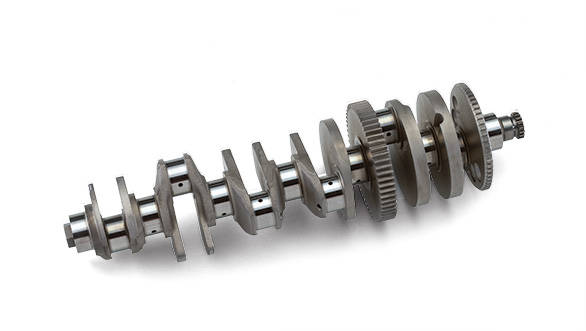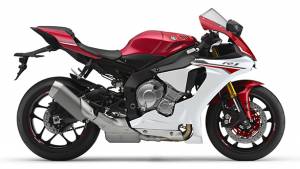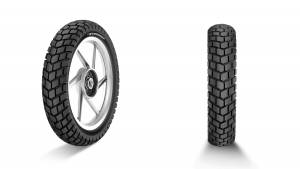Simple Tech: Crankshaft explained
In principle, the working of an internal combustion engine is similar to that of pedaling a bicycle. When we pedal, our thighs are working as the piston, our lower legs act as connecting rods and the pedal sprocket acts as a crankshaft. The up and down motion (imagine the knee joint for this) in pedaling is converted at the pedal sprocket into a rotating motion that drives the rear wheel via the chain.
In the internal combustion engine, while the basic mechanism is quite similar, the crankshaft in an automotive engine is far more complex than a pedal sprocket. The crankshaft is often called the heart of the engine and for a fairly good reason too. It is the most important part as it makes the wheels turn.

To help the crankshaft achieve its objective, there are crank pins which connect to the connecting rod's big-end. The crank pin, in simple terms, is the end of the lever arm on the crankshaft (somewhat similar to the bicycle pedals). The bit that joins the pin to the actual crankshaft is called a web (the matte grey bits in the pic). Actually this whole thing is manufactured in one piece in automobile engines. The pin is placed off-centre of the crankshaft so the force of the piston causes it to rotate the crankshaft. The distance between the centre of the crank pin and the crankshaft also decides the stroke of the piston.
Crankshafts in the past were cast from steel, and many still are, though the industry is now moving towards forged steel alloys for their strength and light weight. Their use is prevalent in motorsports and high-end sportscars and bikes, since the crankshaft has to bear immense stress transferred to it by the piston and connecting rod. Internal channels are usually drilled for lubrication.
The crankshaft is supported inside the crankcase by main bearings placed between adjacent crank pins. This prevents the shaft from bending from the middle or the sides under the duress of forces of combustion and piston motion. The offset design and piston movement, however, induces vibration, so balance or counterweights are added to the crankshaft at strategic positions to neutralise its effect. Some designs also require a balancer shaft to quell vibration.
If you look at the location of the crank pins versus each other down the axis of the crankshafts you are looking, in effect, at the character of the engine. Most racing engines and inline fours incorporate flat plane crankshafts. As in, all the crank pins lie in a single plane (180 degrees of crank rotation) to each other. This design imparts a smooth and free-revving nature to the engine and doesn't require heavy balancing weights to cut out vibration.
Another design which was in use for many years in V8s but has gained fame thanks to the Yamaha M1 MotoGP bike is the cross plane crankshaft. Here the adjacent crank pins are angled perpendicular to each other (as in, there is a pin at every 90 degrees of crank rotation). So when we look from the end, it forms a cross, and hence, the name. This infuses a natural balance that eliminates the need for a balancer shaft.
Apart from this, various components like camshafts, distributors, alternators, fuel pumps, lubricating oil pump, AC compressors and so forth are all driven either directly or indirectly by the crankshaft.
In fact, the new trend is to run as many of these off the battery as possible to increase economy.
Starts Rs 1,02,700
149cc
5-Speed
12.40
13.60
-NA-












